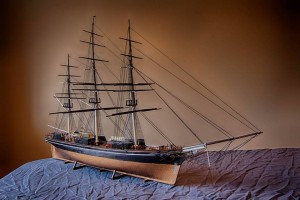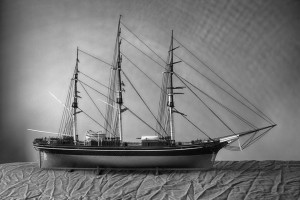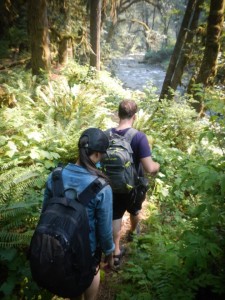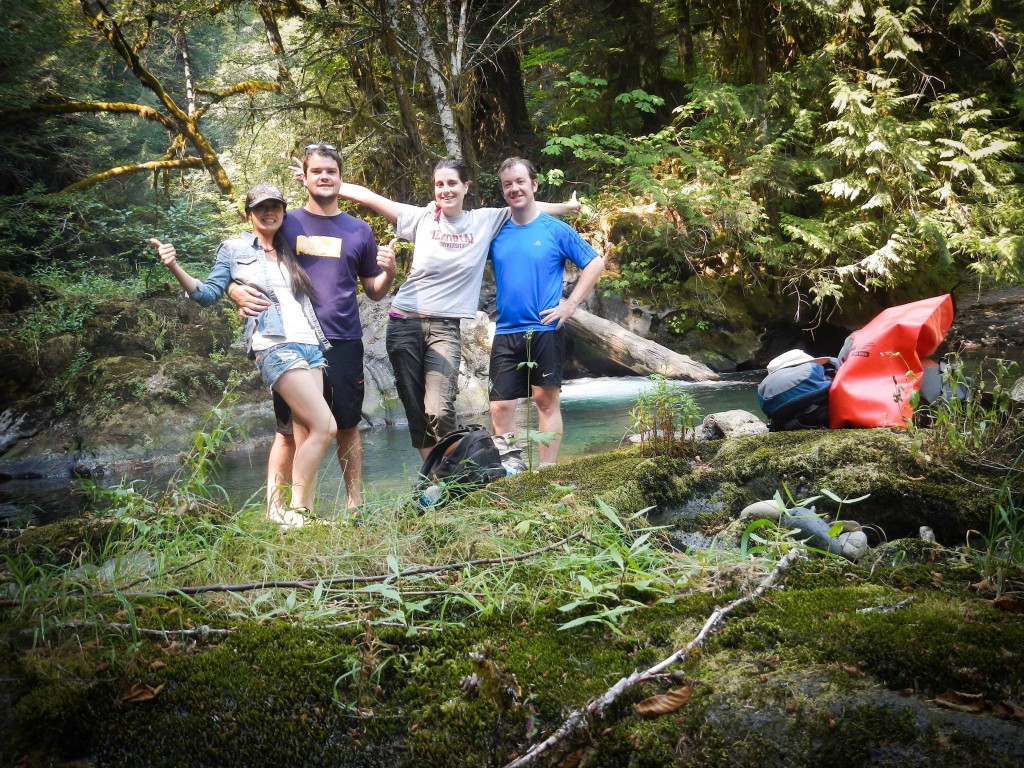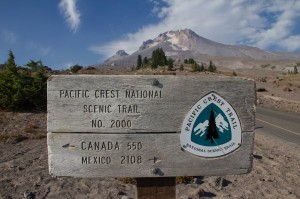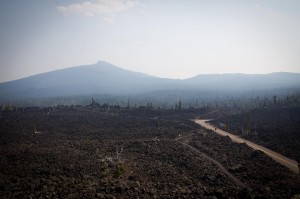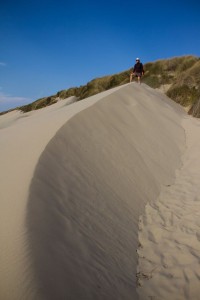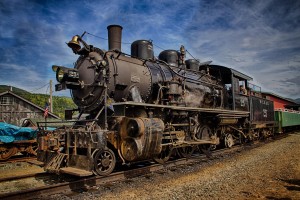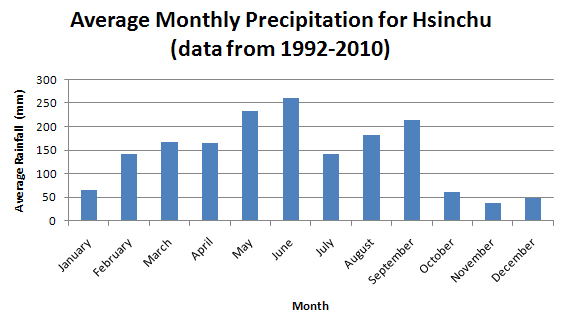Mike and I joined the Waterloo Cycling Club on their annual pilgrimage to South Carolina for a week of training camp. I was a bit of a hanger-on: the training camp is primarily meant to get the race team into shape for the season, although families do come out. In other years, there are a few more casual riders, but this time things didn’t quite work out that way.
First, the riding: I was a little bit stressed out about my abilities compared to the rest of the attendees, especially because I had limited pack riding skills and my fitness was not good. Working as a surveyor and spending all week on my feet means I’m often too tired to do much riding, other than casual paced coffee rides on weekends. This was exacerbated by coming down with a cold on the first day! Nevertheless our housemates were wonderful and understanding. One member of the race team gave me a piece of advice I have often applied since. Basically, that the world is beautiful and you should do whatever you need to experience it. If that means driving to the start, or part way into a planned route and meeting everyone, or riding solo, or whatever. Do something! Don’t miss out on what you CAN do because you are focussed on how you can’t measure up. So I did. I started a ride with the group, met them half way a couple of times, and on one epically long day, offered to drive to set up a rest stop with another less-serious cyclist, and ride from there.

PARI and the Blue Mountains: The race team did an epically long ride, from our camp to the Blue Ridge Parkway, and then sweeping back. My friend Tasha and I offered to drive to the top of the climb up to the parkway, with drinks and food so that the team could carry less water. The team left early and we slept in, packed a cooler and then drove out. Winding through the Pisagah Forest and chatting, we suddenly passed a sign for PARI, the Pisgah Astronomical Research Institute. Oh my! I hadn’t made the connection that we’d be so close to PARI, I exlaimed. I then explained that my mother’s colleague from the David Dunlap Observatory in Richmond Hill, Dr. Mel Blake, had taken a job there after completing his Ph.D., later moving on to become a professor at the University of North Alabama. We decided after our ride along the parkway, we’d pop in and see if we could have a look around. After all, radio telescopes are pretty cool.
We met the crew at the top of their climb, and chatted with everyone as they took on water, food and pickle juice. Then we got our own bikes out for a cruise along the highway. The views were beautiful, and it was definitely worth bringing the bikes along! Once we finished our ride, we headed back to the car and made our way back through the forest to PARI. We got there just before close, and had enough time to take the self-guided tour as long as we were out before the gate closed, we were good to look around. I was pleasantly surprised to see Mel in the exhibit’s welcome video!
PARI is a very interesting place. It began in the ’60s as the Rosman Tracking Station, used by NASA to communicate with satellites and manned spacecraft. The western 26 m telescope received the first true colour photograph of the full Earth from space (taken by the ATS-3 satellite), predating the famous ‘blue marble’ photograph of the Apollo 17 mission, and the station’s telescopes received the first TV transmission from space in the same year.

Later on, during the cold war, the site was used by the DOD. It was at this time the 4.6 m dish on site was painted with a smiley face for the benefit of Soviet satellites. The DOD ended their operations at the site in 1995 and the site was acquired by Don and Jo Cline, who converted it into the PARI facility that exists today. Since 2003, ‘Smiley’ and the site’s 12 m telescope have been available for use over the internet – they are some of the few radio telescopes in the world that are controllable this way!
We enjoyed the exhibits, and walked around the grounds briefly before heading out to meet the cyclists back at camp. I was pleased with how it all worked out; I followed the advice to cycle in a way that worked for me, helped the gang out at a rest stop, and squeezed in some unexpected astronomy. That day in the Blue Ridge Mountains was my favourite of the trip!

